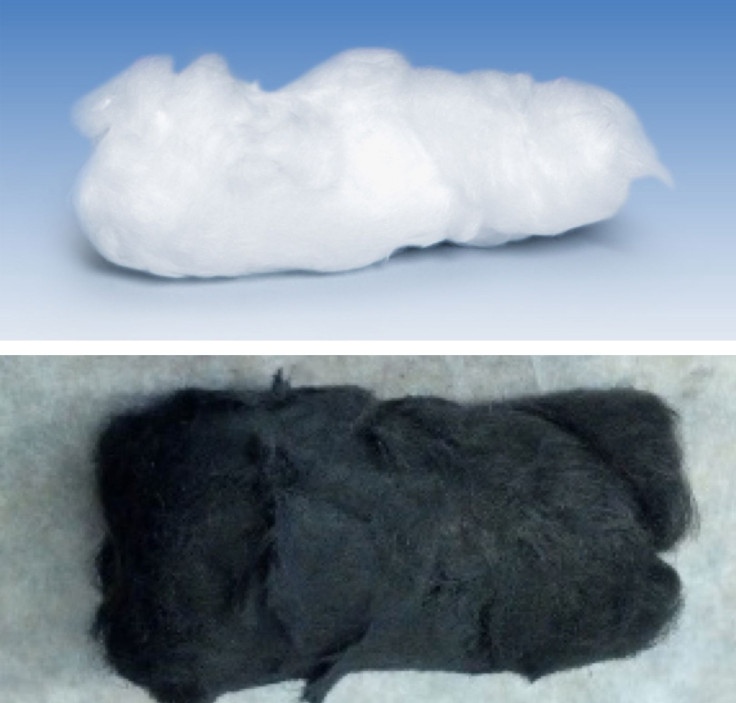High School Student's Water Filter Removes Mercury, Lead From Drinking Supply

A Texas high school student named Perry Alagappan came up with a filter strong enough that it can remove harmful heavy metals, like lead and mercury, from drinking and wastewater. Not only can the filter remove the metals, it can be reused as well after being cleaned with a mild chemical like vinegar, according to research published in Scientific Reports of Nature.
The filter is made up of carbon nanotubes immobilized in quartz fiber and removes up to 99 percent of the toxic metals in water. Alagappan got the idea for the filter after he took a trip to India in high school, according to a release from Rice University. While in India he learned about the contamination of groundwater that occurs due to metals from electronics sitting in landfills contaminating and leaching into the soil. The analysis of the filter done in the lab at Rice showed that a gram of the material could treat enough water to provide for 11,000 people in one day.
Read: What Is The Clean Water Rule? EPA Chief Pruitt Wants To Repeal It
Alagappan was the lead author on the study published Thursday online. Several years have passed since he first began working on the filter and he is now an undergraduate student at Stanford University in California. The filter won several awards including the Stockholm Junior Water Prize and the Intel International Science and Engineering Fair’s top environmental award.
The materials used to make the filter are fairly inexpensive, said Andrew Barron, the chemist who oversaw Alagappan’s research in his lab at Rice. Alagappan contacted Barron about the possibility of gaining experience working in a lab at Rice and Barron had room to take him on as a visiting student.

The filter is built around carbon nanotubes, which are made of carbon atoms formed in hexagonal structure that in create a tube shape. They’re very small and their bonds are extremely strong. To make the filter Alagappan grew the carbon nanotubes into a quartz wool substrate, non-flammable fibers that essentially house the carbon nanotubes. The filter resembles a rough looking large cotton ball.
Read: Clean Water Science: This New Material Can Absorb Oil Spills, And Be Reused Over And Over
In the lab the filter, technically called a “supported-epoxidized carbon nanotube” filter, was tested using samples with cadmium, cobalt, copper, mercury, nickel and lead, said the release from Rice. But it’s neither the carbon nanotubes nor the quartz wool that removes the metals, rather those involved in the research found that “the epoxidation via an oxidizing acid appears to be most responsible for adsorbing the metal,” according to the release. This process is that by which a compound becomes an epoxide, meaning two carbons of a double bond attach to the same oxygen atom. It then becomes highly reactive and better collects the metals from the water.
© Copyright IBTimes 2024. All rights reserved.





















